Flat design has revolutionized the digital landscape, offering a sleek and minimalist approach that resonates with modern audiences. Among the most striking features of this design trend is its ability to simplify complex ideas into clean, intuitive interfaces. For those seeking inspiration or looking to adopt flat design for their projects, exploring flat design website examples can provide invaluable insights. Whether you’re a designer, developer, or business owner, understanding the nuances of flat design can help you create websites that not only look modern but also enhance user experience.
Key Takeaways
– Minimalistic design enhances user experience by reducing visual clutter and focusing on essential elements.
– Flat design prioritizes functionality, ensuring websites are both visually appealing and highly efficient.
– Simplicity reduces cognitive load, making navigation and content comprehension quicker and easier.
– Bold colors and geometric shapes contribute to visual appeal, creating a modern and engaging interface.
– Flat design offers a modern aesthetic, aligning with contemporary design trends.
– Clarity in communication is amplified, allowing users to easily understand brand messages and content.
– Versatility makes flat design applicable across industries, from tech to e-commerce and productivity tools.
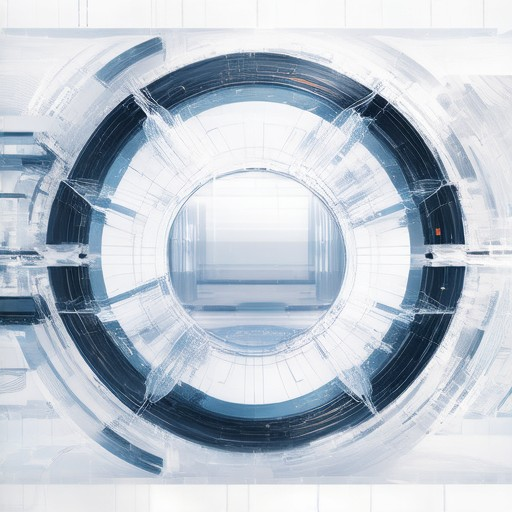
What Makes Flat Design Websites Stand Out
Flat design websites are recognized for their distinctive minimalist approach, which focuses on simplicity, functionality, and a clean aesthetic. Here are the key characteristics that set them apart:
- Minimalist Interfaces : Flat design emphasizes simplicity by avoiding unnecessary elements like shadows, gradients, and excessive graphics. This creates a sleek and uncluttered user experience.
- Efficient Use of White Space : Flat design relies heavily on ample white space to organize content, making interfaces more readable and focused.
- Inspiration from Modern Technology : Influenced by the simplicity of iOS and other mobile OS interfaces, flat design mirrors this clean, consistent style, enhancing usability.
- Emphasis on Functionality : While minimalistic, flat design ensures functionality remains intact, with clear elements like buttons and navigation for easy interaction.
- Consistent User Experience : Flat design provides a uniform experience across devices, ensuring seamless interaction whether on desktops, tablets, or mobile devices.
Examples of flat design websites include Google and Facebook , which exemplify the clean, focused interfaces associated with flat design. These platforms prioritize user satisfaction through simplicity and efficiency, setting them apart in the digital landscape.
How Can I Find the Best Flat Design Website Examples?
To discover the best flat design website examples, follow these organized steps:
- 1. Start with a Search Engine : Begin by searching for “best flat design websites” or “flat design inspiration.” This will yield a variety of platforms showcasing flat design examples.
- 2. Explore Design Communities : Websites like Dribbble and Behance are excellent resources for flat design inspiration. These platforms feature user-generated content and professional projects.
- 3. Utilize Design Directories : Platforms like 99designs and Adobe Creative Cloud offer curated collections of flat design examples, often categorized by theme and style.
- 4. Check Out Dedicated Design Sites : Websites focused solely on flat design, such as 119WebDesign , provide extensive galleries and tutorials tailored to flat design enthusiasts.
- 5. Evaluate What Makes a Site Stand Out :
- Consistency: Look for websites with a cohesive aesthetic that aligns with your design goals.
- Originality: Seek platforms known for unique and innovative designs.
- Responsive Design: Ensure the websites are mobile-friendly and adapt well to various screen sizes.
- Documentation: Check for detailed case studies or tutorials that explain the design process.
- 6. Engage with the Community : Join forums or groups like Hashnode or Reddit’s r/webdesign community to ask for recommendations and share findings.
- 7. Use Keyword Research Tools : Tools like Ahrefs Keyword Generator can help identify popular terms related to flat design, guiding you toward high-traffic platforms.
By following these steps, you can efficiently locate and evaluate the best flat design website examples to inspire your creative projects.
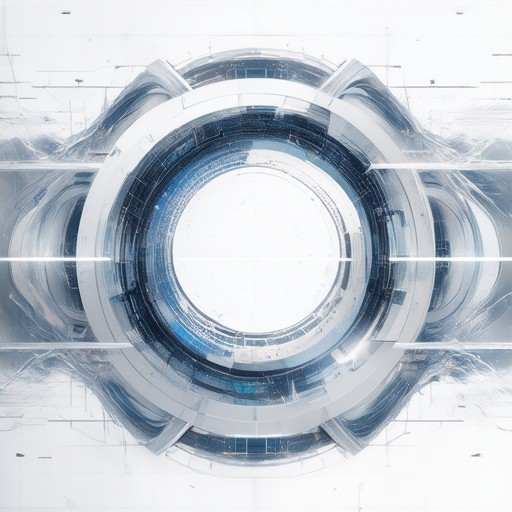
Examples of Flat Design Websites
- Flat Design – A leading platform showcasing modern flat design trends and resources. Visit Flat Design
- Pictoflow – Specializes in flat design assets for mobile interfaces and web applications. Explore Pictoflow
- Subtle Patterns – Offers a collection of flat design patterns and UI elements. Check Subtle Patterns
- Flaticons – Focuses on flat icon sets and design assets for various projects. See Flaticons
- UI Faces – Provides flat design elements and templates for digital products. Browse UI Faces
- Flat UI Elements – Features a variety of flat design components and tools. Flat UI Elements

Flat Design Websites
Flat design has become a popular style in web and graphic design, characterized by minimalistic elements, clean lines, and a focus on simplicity and functionality. Here are some excellent examples of flat design websites:
- Google – Known for its sleek, minimalist interface, Google’s design approach embodies flat design principles. Their homepage, search bar, and navigation menus are perfect examples of this style.
- Adobe – While primarily known for its creative software, Adobe’s web presence often features flat design elements, particularly in their marketing materials and product pages.
- Bahaneh – A leading Iranian web design agency, Bahaneh’s portfolio showcases a blend of traditional and modern design techniques, with many pieces adhering to flat design aesthetics.
- Dribbble – Although a community platform, Dribbble itself is a great example of flat design with its clean layout and intuitive navigation.
- Canva – Canva’s web interface is a prime example of flat design, offering users a simple yet powerful tool for creating graphics and designs.
- Behance – Another design community platform, Behance features a clean and modern interface that aligns well with flat design principles.
- Webflow – Webflow’s web design tools and portfolio platform uses a flat design approach, making it both functional and visually appealing.
- Microsoft – Microsoft’s web properties, like Office 365, incorporate flat design elements effectively, ensuring a consistent and user-friendly experience.
- Flat Design Blog – As the name suggests, this blog is dedicated to flat design trends, case studies, and resources, making it a valuable reference for designers.
These websites exemplify the flat design style through their clean layouts, bold colors, and focus on functionality. Whether you’re designing for the web or mobile, these platforms offer inspiration and guidance for creating modern, minimalist designs.
Popular Flat Design Websites
Flat design has become a cornerstone of modern web design, characterized by its minimalistic approach, reliance on geometry, and emphasis on simplicity. Below are some notable examples of websites that exemplify flat design principles:
- Webflow
Known for its cutting-edge web design tools, Webflow showcases a sleek, flat interface that emphasizes ease of use and creativity. Their portfolio often features projects that highlight the best of flat design, making it a great resource for inspiration. - Figma
Figma is a popular design tool that itself embraces flat design. Their website features a clean, intuitive interface that reflects the principles of flat design, making it both functional and visually appealing. - Google Material Design
While not exclusively flat, Google’s Material Design incorporates many flat design elements. Their website demonstrates how minimalistic design can be both functional and aesthetically pleasing, particularly in their mobile applications. - Smashing Magazine
Smashing Magazine is a well-known resource for web designers that frequently covers topics related to flat design. Their articles and case studies provide valuable insights into the latest trends and implementations of flat design. - Dribbble
Dribbble is a community-driven platform where many flat design proponents showcase their work. The website itself uses a flat design aesthetic, making it a great place to find inspiration and connect with fellow designers. - Adobe Creative Cloud
Adobe’s suite of creative tools includes many flat design assets and templates. Their website highlights how flat design can be effectively utilized in various projects, from branding to digital products.
These websites not only demonstrate the beauty of flat design but also provide practical resources for those looking to implement these principles in their own projects. Whether you’re a designer seeking inspiration or a developer looking to integrate flat design into your work, these examples offer a wealth of information and resources.

Top Flat Design Website Examples
Flat design has become a popular trend in web and graphic design, characterized by its minimalistic style, reliance on simple elements, and monochromatic color palettes. Below are some outstanding examples of websites that exemplify the flat design aesthetic:
- Google Maps – The map interface is a prime example of flat design, featuring clean lines, simplified icons, and a focus on functionality.
- Apple’s iOS Design – From the home screen to individual app interfaces, Apple’s designs are a testament to flat design principles, emphasizing simplicity and usability.
- Microsoft Office 365 – The flat design approach in their suite of productivity tools ensures consistency and ease of navigation across all platforms.
- Airbnb – The property listings on Airbnb utilize flat design effectively, showcasing properties with clean images and minimalistic descriptions.
- Dropbox – Known for its intuitive interface, Dropbox’s design focuses on simplicity and flat elements to enhance user experience.
- Instagram – Instagram’s layout is a perfect blend of flat design and functionality, making it easy for users to navigate and engage with content.
- Spotify – The music streaming app uses flat design to create a visually appealing and user-friendly interface.
- Uber – Uber’s ride-hailing app features a clean, flat design that simplifies navigation and enhances user interaction.
- Canva – While primarily a design tool, Canva’s website showcases flat design principles in its layout and visual appeal.
- Adobe Creative Cloud – Adobe’s cloud-based services utilize flat design to create a cohesive and modern user experience.
Flat design is celebrated for its ability to simplify complex ideas and create visually appealing interfaces. Its popularity stems from its versatility across various industries, including technology, e-commerce, and productivity tools. By focusing on clean lines, ample white space, and harmonious color schemes, flat design ensures that users can easily navigate and interact with digital content.
In addition to these examples, many leading brands have adopted flat design principles. Competitors like Adobe and Canva offer tools and resources that support flat design projects. Exploring these websites and their design approaches can provide further inspiration for your own projects.
To learn more about flat design and discover additional resources, visit our design blog . We discuss the latest trends, techniques, and tools in web and graphic design to help you stay ahead in your creative endeavors.
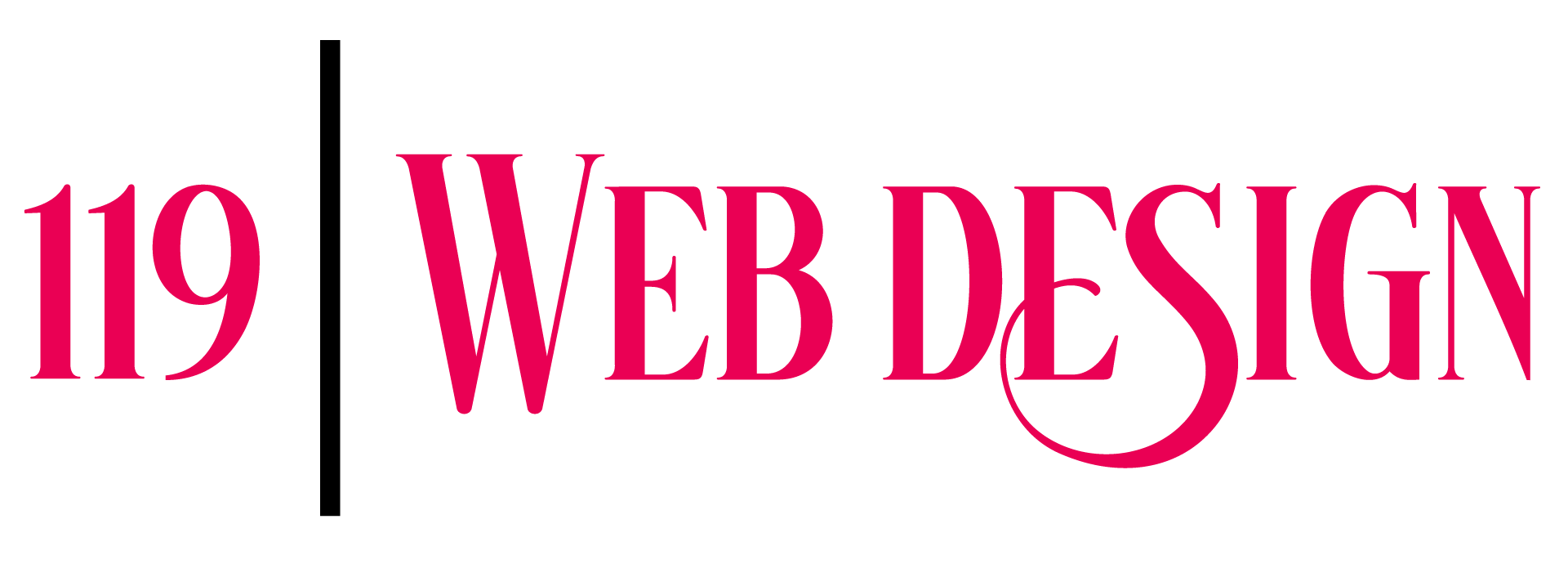

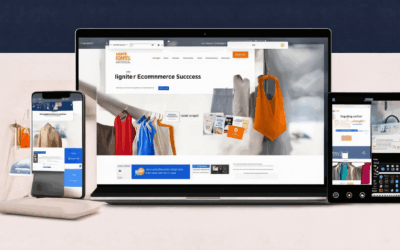
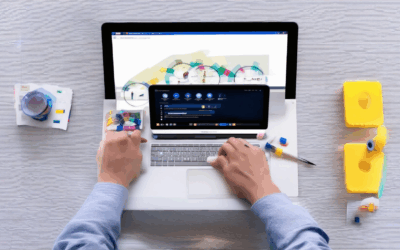
0 Comments